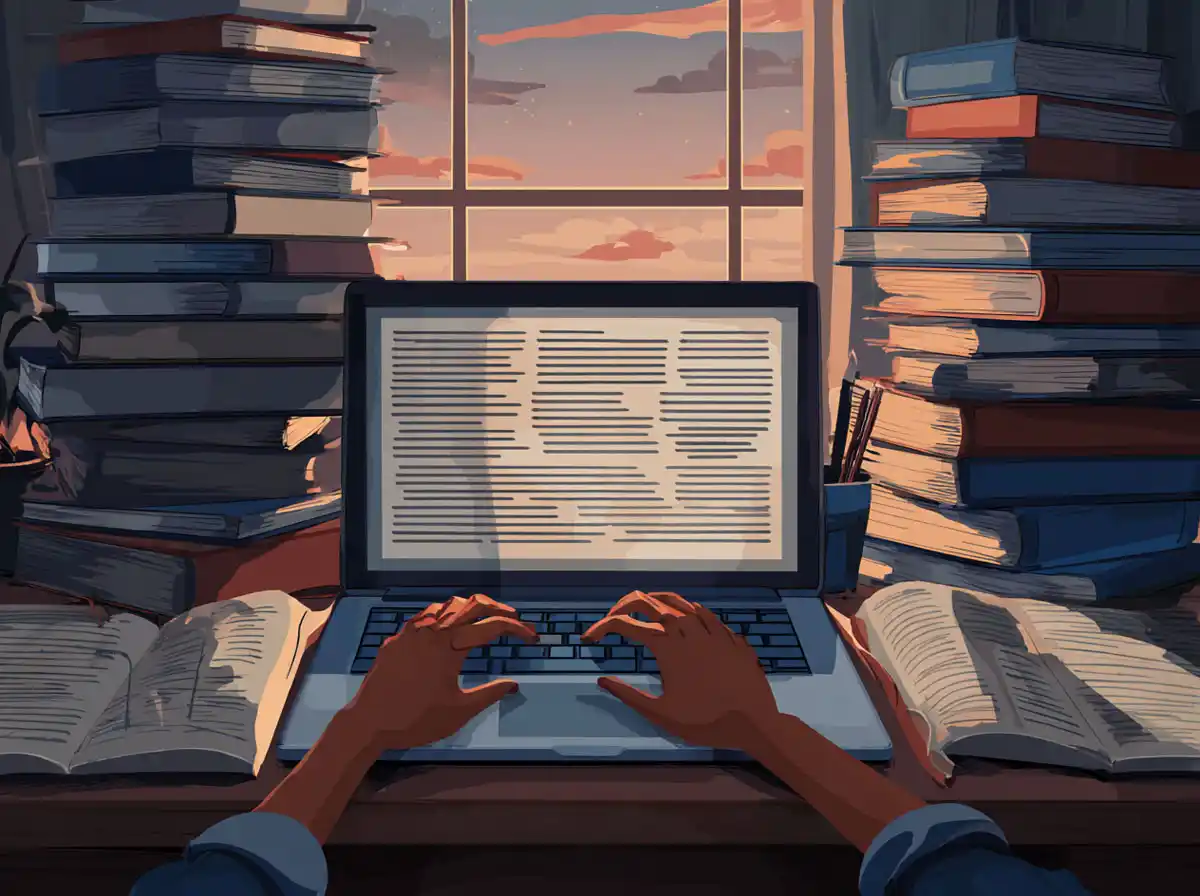The Historical Evolution of the Persian Language
Old Persian: The Ancient Roots
Old Persian dates back to the Achaemenid Empire (c. 550–330 BCE) and is primarily known from inscriptions such as the Behistun Inscription. It was written in cuneiform script and is one of the earliest recorded Iranian languages. Old Persian served as the administrative and ceremonial language of the Persian Empire, establishing foundational linguistic structures that evolved over centuries.
Middle Persian: The Sassanian Era
Middle Persian, also known as Pahlavi, emerged during the Sassanian Empire (224–651 CE). It marked a transition from Old Persian and was written using a modified Aramaic script. Middle Persian became the language of administration, literature, and Zoroastrian religious texts, influencing subsequent Persian dialects.
New Persian: The Modern Language
New Persian, or Modern Persian, developed after the Islamic conquest of Persia around the 7th century CE. It adopted the Arabic script with additional letters to accommodate Persian phonetics. This era saw a flourishing of Persian literature, poetry, and scholarship, with New Persian becoming a lingua franca across much of Central Asia and South Asia.
The Persian Script: A Gateway to Understanding
The Arabic-Persian Alphabet
Persian uses a modified version of the Arabic script consisting of 32 letters. While sharing many characters with Arabic, it includes four additional letters—پ (pe), چ (che), ژ (zhe), and گ (gaf)—to represent sounds unique to Persian.
- Right-to-Left Writing: Persian is written from right to left, which can be a challenging but rewarding aspect for learners.
- Connected Letters: Letters in Persian often connect within words, similar to cursive writing, affecting their shapes depending on their position.
- Vowel Representation: Short vowels are usually not written, requiring learners to develop strong listening and contextual skills.
Calligraphy and Artistic Expression
Persian calligraphy, known as “Nastaʿlīq,” is celebrated for its elegance and fluidity. It plays a significant role in Persian art and manuscript decoration, reflecting the aesthetic values of Persian culture.
Key Literary Landmarks in Persian Language
Classical Persian Poetry
Persian literature is renowned worldwide, especially for its rich poetic heritage. Some of the most influential poets include:
- Rumi (1207–1273): His mystical poetry transcends cultural boundaries and continues to inspire millions.
- Hafez (1315–1390): Known for his lyrical ghazals, Hafez’s work explores love, spirituality, and human nature.
- Saadi (1210–1292): Famous for his prose and poetry, including the “Gulistan” and “Bustan,” focusing on ethics and morality.
- Ferdowsi (940–1020): Author of the epic “Shahnameh,” which preserves Persian history and mythology in poetic form.
These literary landmarks are essential in understanding Persian’s cultural context and linguistic richness.
Modern Persian Literature
Modern Persian literature has evolved to include novels, short stories, and contemporary poetry, reflecting social and political changes. Writers like Sadegh Hedayat, Forough Farrokhzad, and Simin Daneshvar have contributed significantly to Persian literary modernism.
Persian Language Dialects and Regional Variations
Iranian Persian (Farsi)
The standard form of Persian spoken in Iran, known for its rich vocabulary and formal literary tradition.
Dari Persian
Spoken mainly in Afghanistan, Dari serves as one of the country’s official languages and maintains many classical Persian features.
Tajik Persian
Tajik, spoken in Tajikistan and written in the Cyrillic script, differs slightly in pronunciation and vocabulary but remains mutually intelligible with Iranian Persian.
The Importance of Persian in Contemporary Contexts
Persian as a Regional Lingua Franca
Persian continues to be a vital language in diplomacy, culture, and trade across Central and South Asia. Its historical significance has cemented its role in the region’s linguistic landscape.
Learning Persian Today: Tools and Techniques
With globalization, learning Persian has become more accessible. Tools like Talkpal provide language learners with:
- Interactive conversation practice with native speakers
- Customized learning paths based on proficiency levels
- Engaging multimedia content to enhance vocabulary and comprehension
These features make Talkpal an excellent platform for anyone interested in mastering Persian efficiently and enjoyably.
Conclusion
Understanding the landmarks in the Persian language—from its historical evolution and unique script to its rich literary tradition and modern-day relevance—offers invaluable insights into one of the world’s most influential languages. Whether for cultural appreciation, travel, or professional reasons, learning Persian opens doors to a vibrant cultural heritage. Leveraging modern learning platforms like Talkpal can significantly enhance your journey to fluency, making the ancient and modern Persian language accessible and engaging for learners worldwide.










